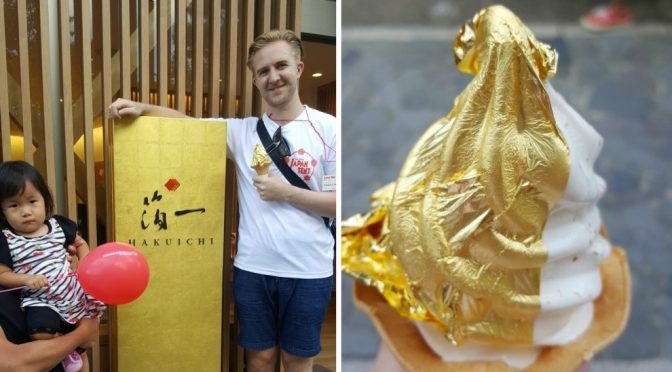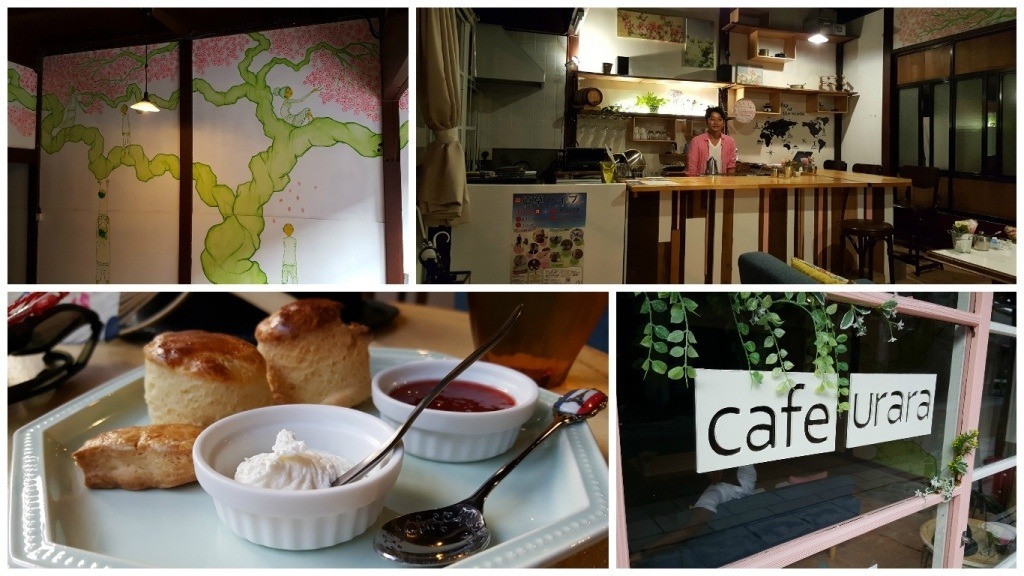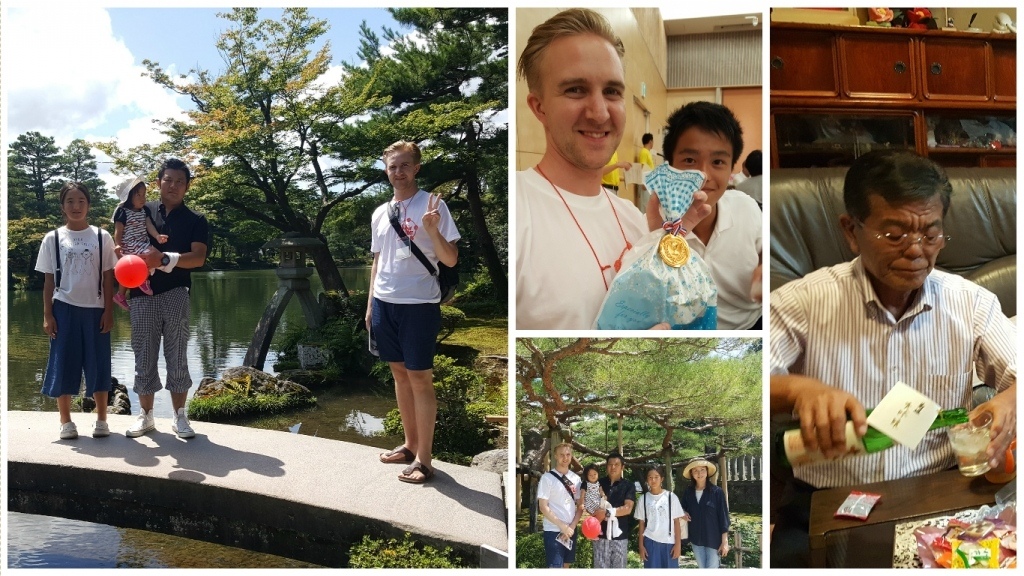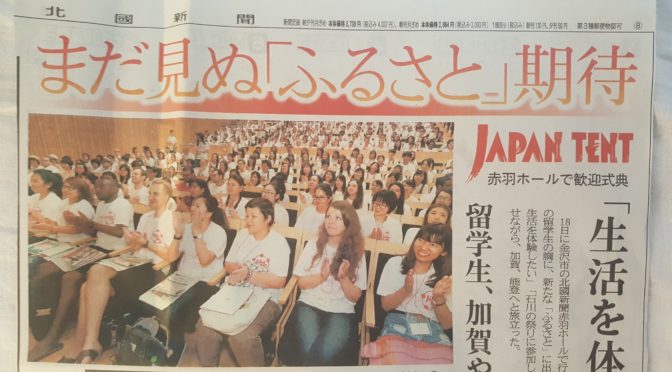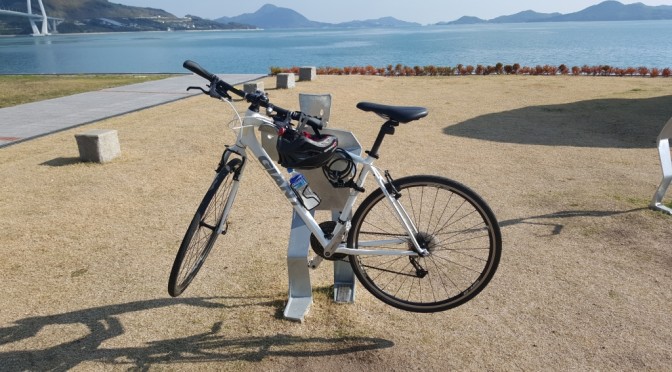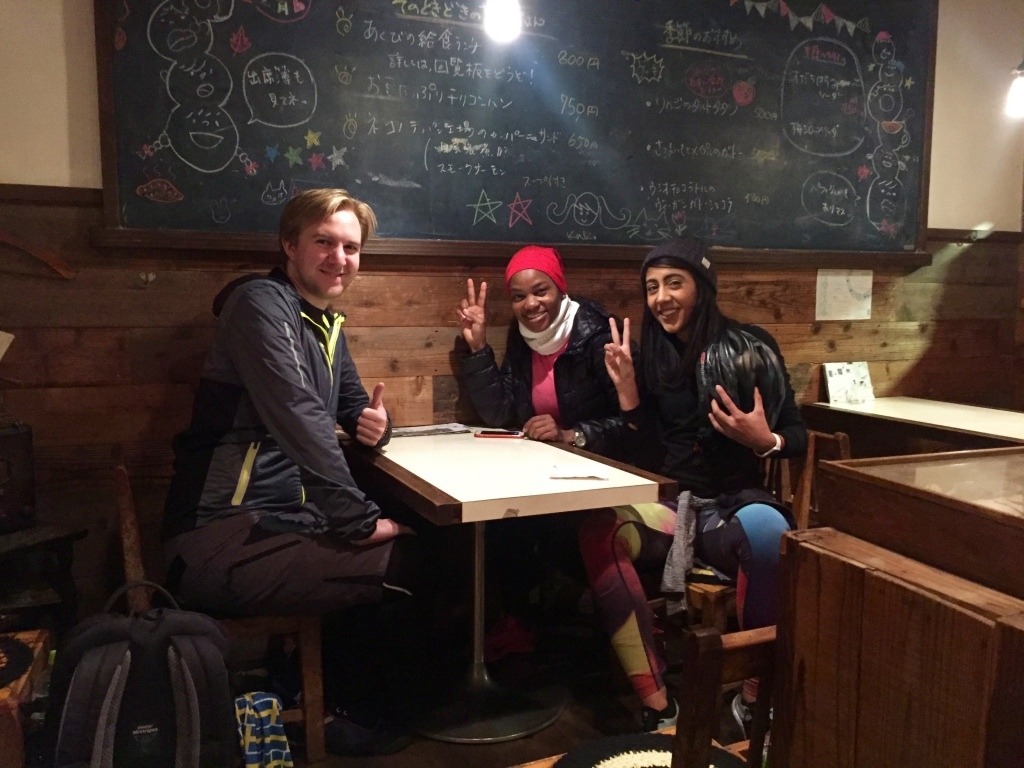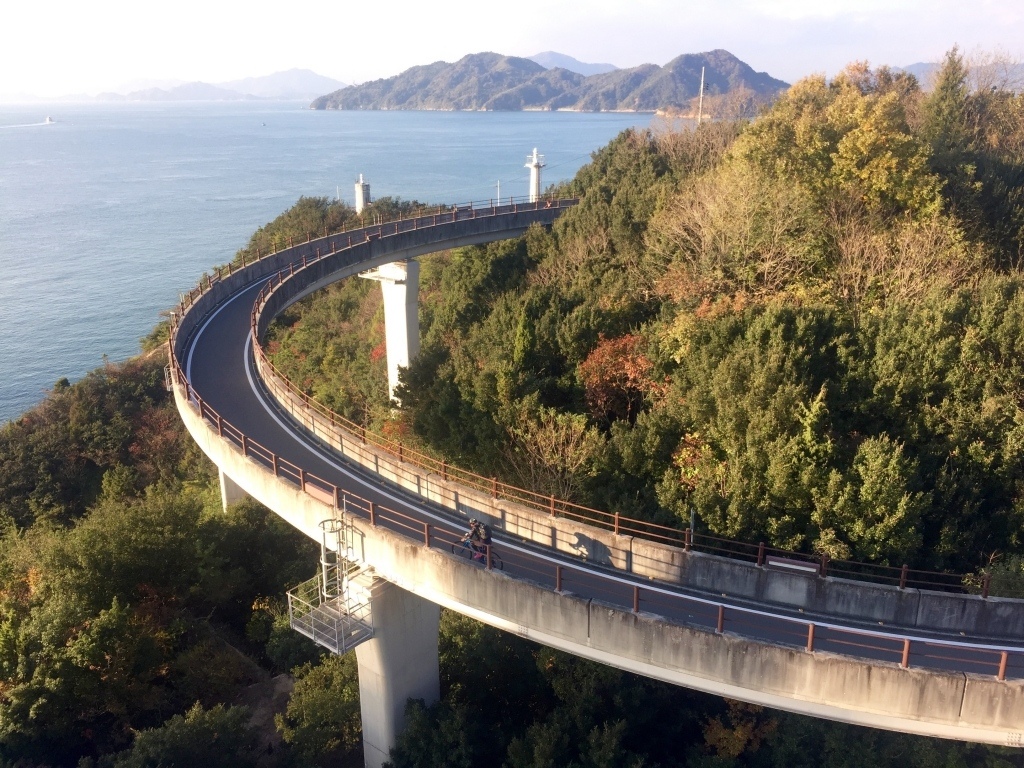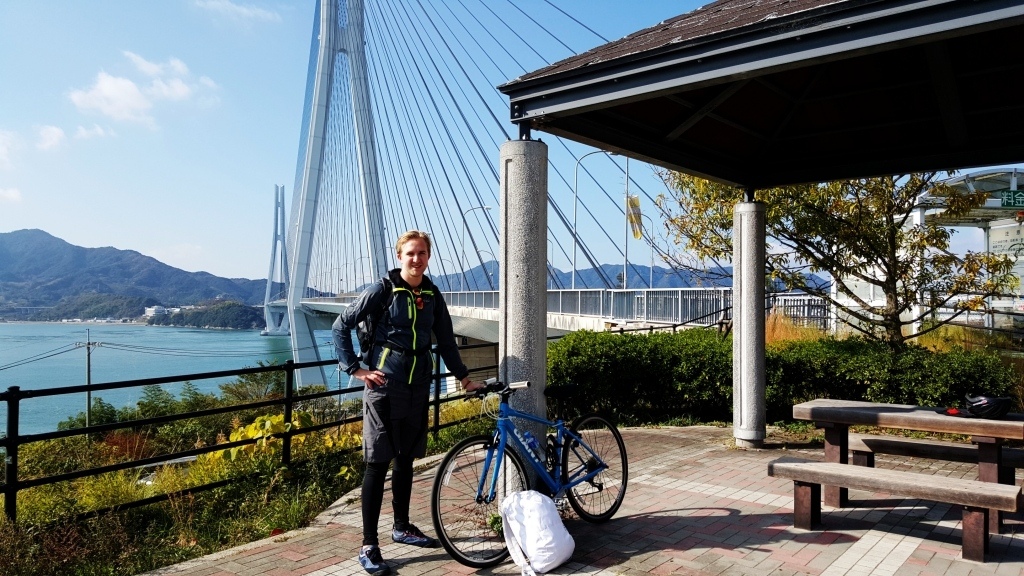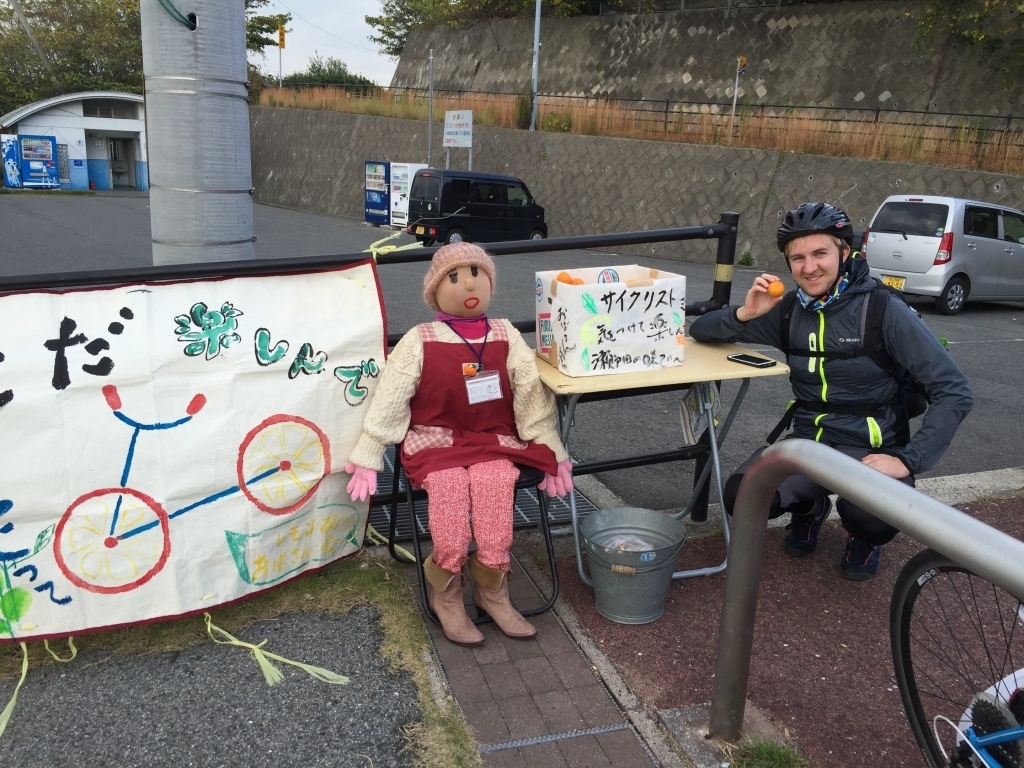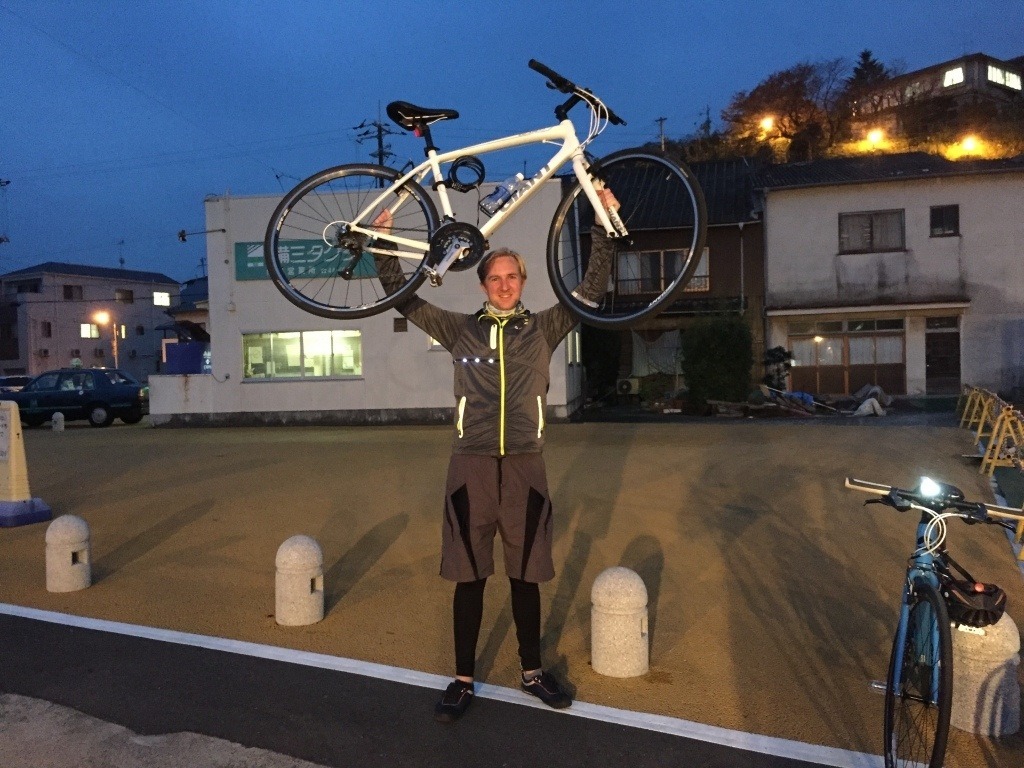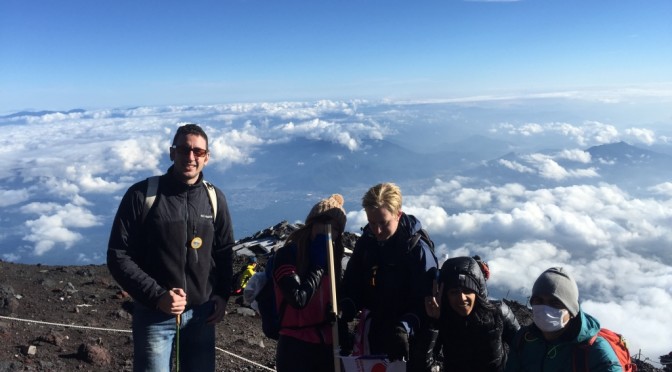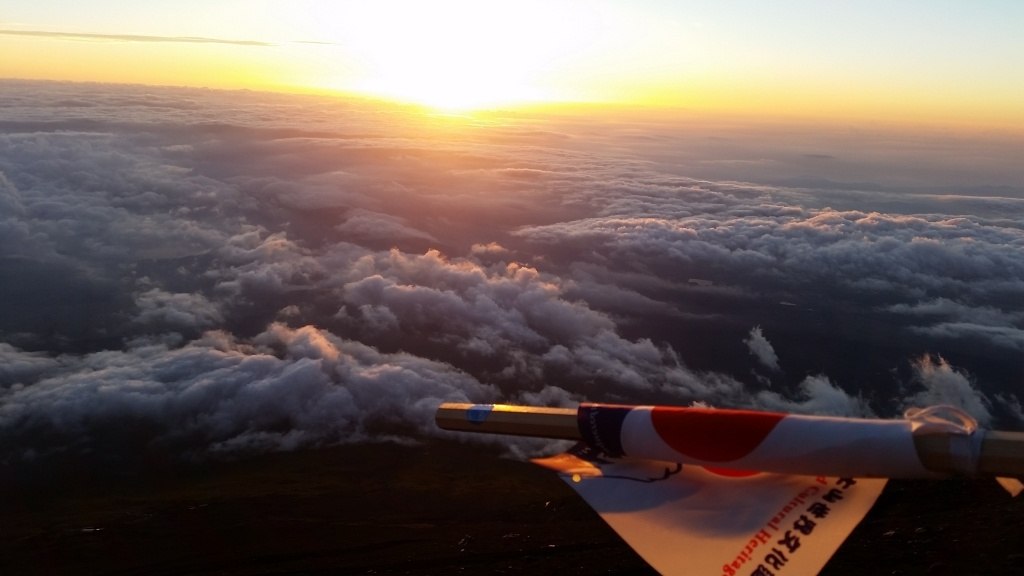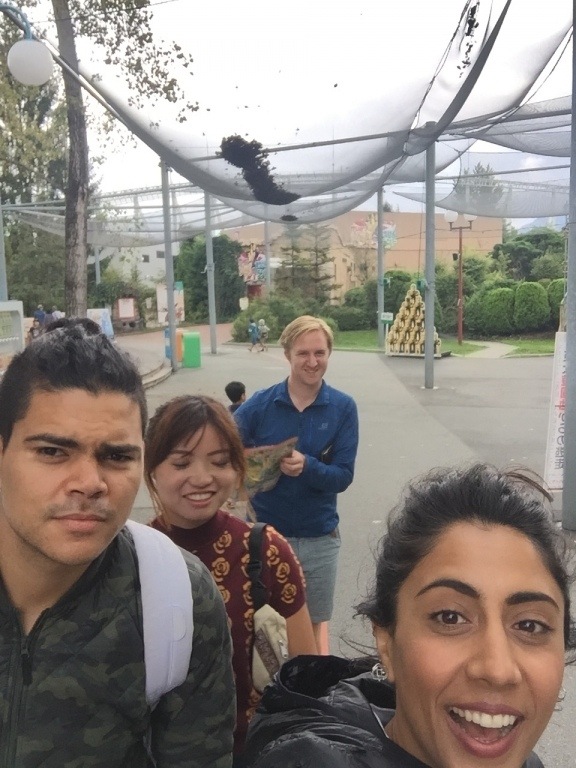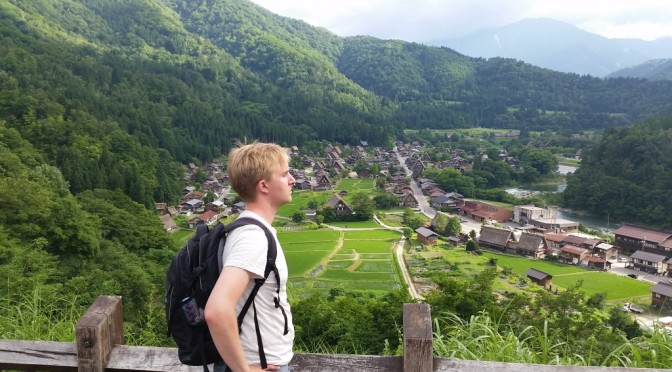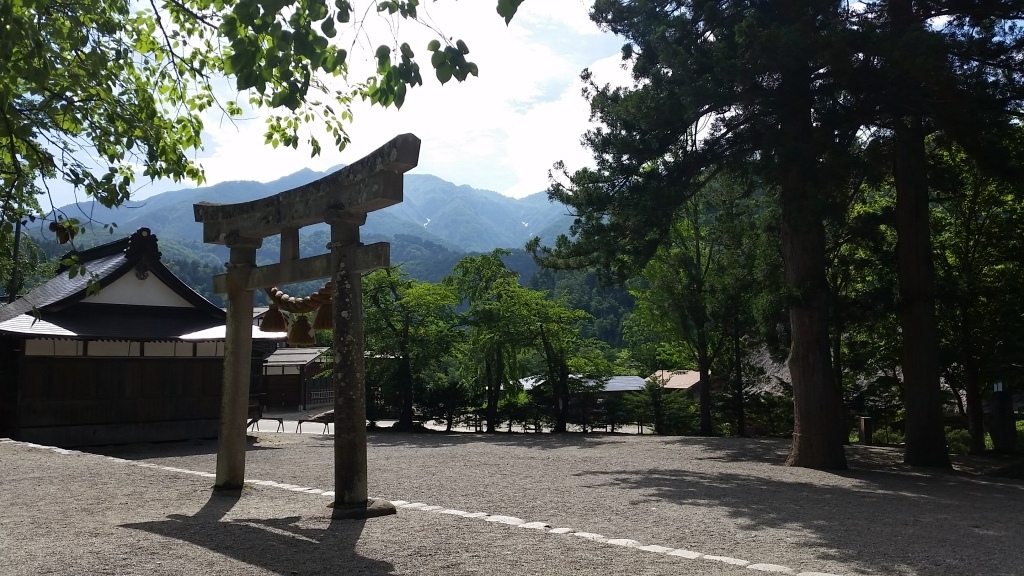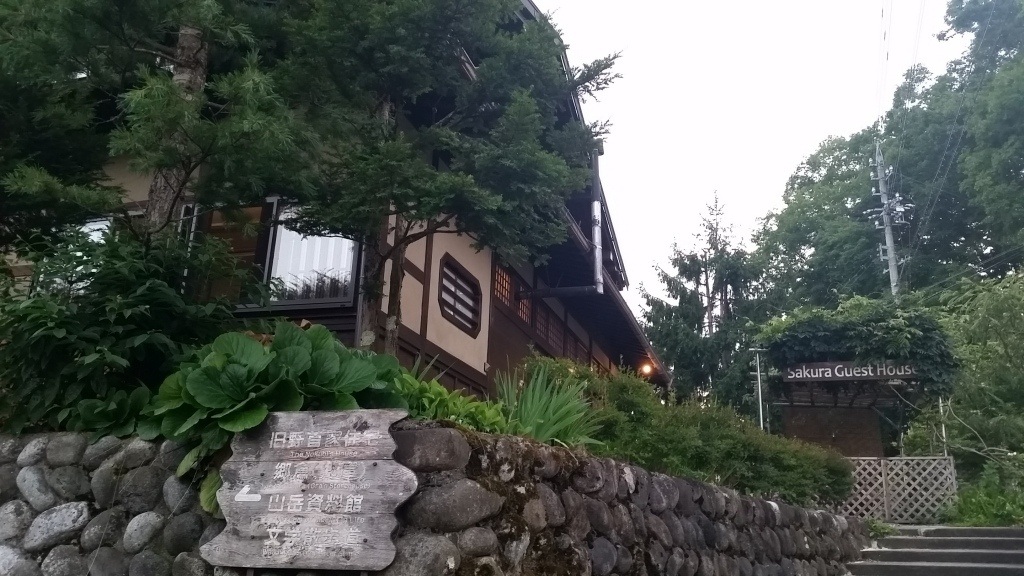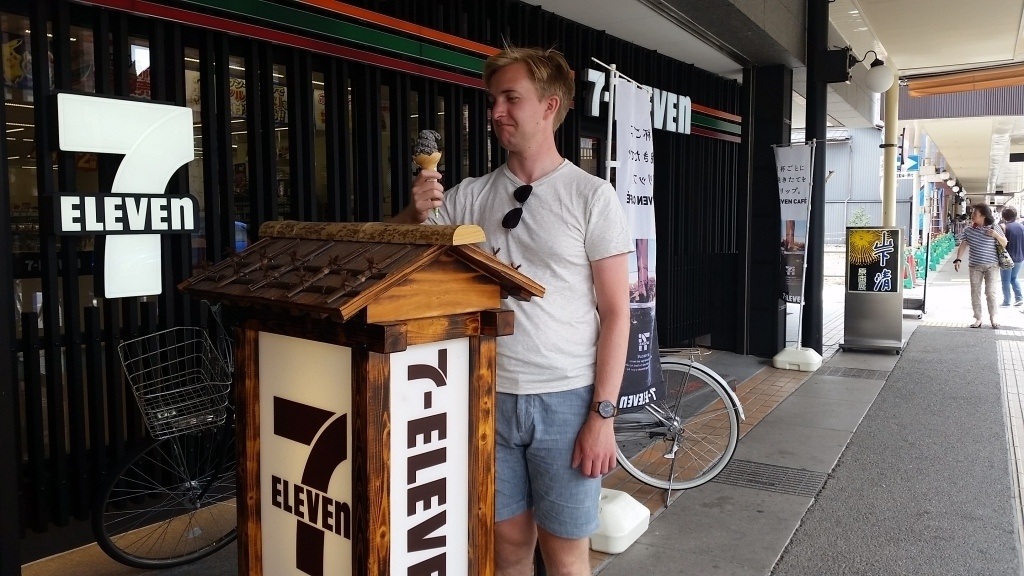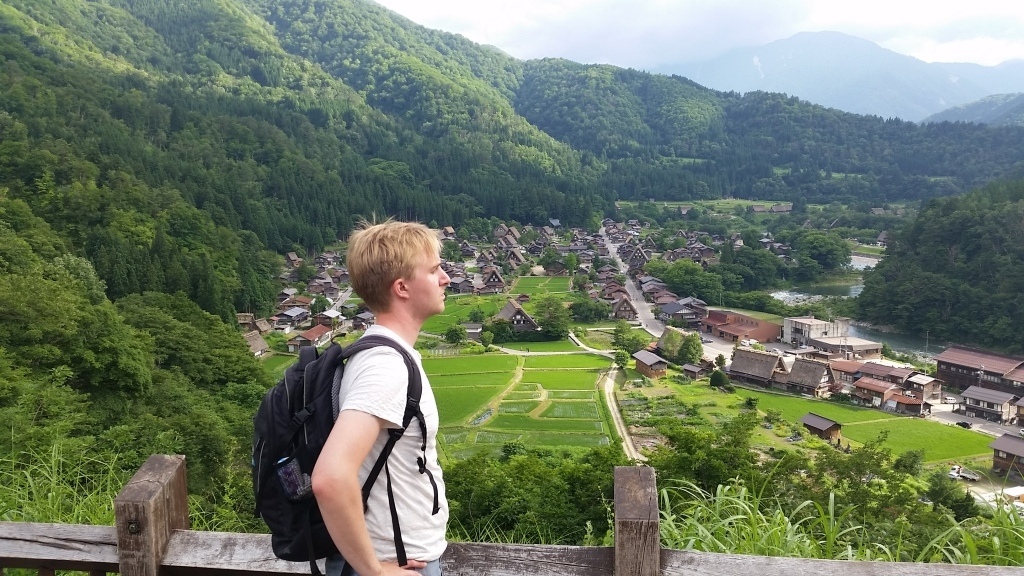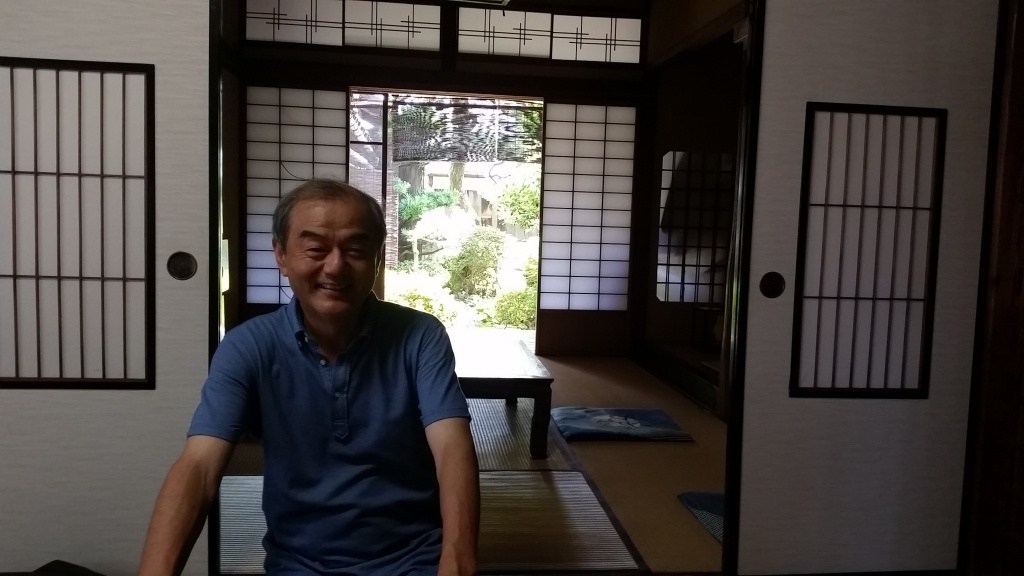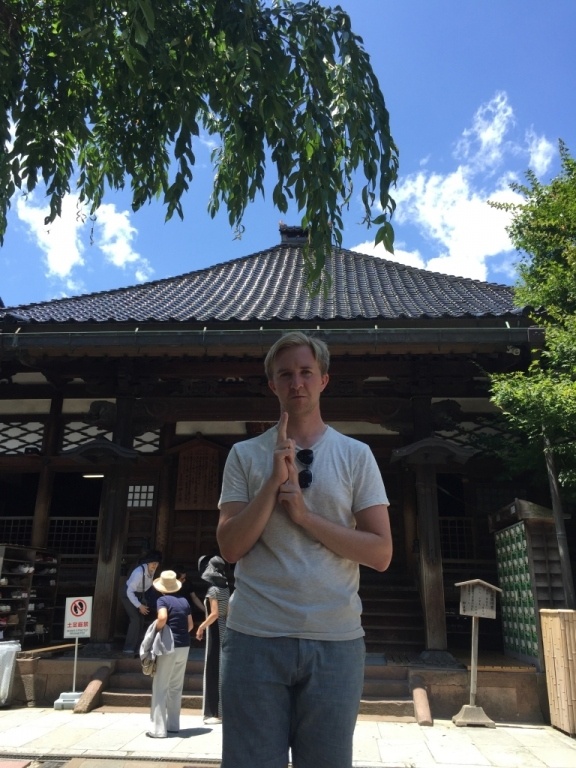Have you heard about JAPAN TENT? It is an international exchange event held each year in Ishikawa Prefecture. Every year in August about 300 foreign students in Japan go to Ishikawa for a homestay program.
I participated in JAPAN TENT during the last weeks of my master’s program in 2016. Two local families offered me a chance to live with them in the remarkable beautiful and culturally rich Ishikawa. The first half week I stayed at Mr. Torii’s house at the Noto peninsula, which has lots of excellent seafood and history from the Jomon period. The best memory was carrying a Kiriko, a giant festival lantern at the Noto Kiriko festival.
In the last three days, I stayed with the Kobori family in Nonoichi. I got a very warm welcome and is something I will never forget. The Grandpa in the family is retired and enjoyed taking care of the rice field and garden and the grandma takes care of the house and cooking. I remember that the father works in manufacturing and the mother takes care of the baby. In Sweden the typical family is a bit different and grandparents live separately and husband and wife usually work full time.
At the end of the program, I got chosen to be an ambassador for the Japan Tent program and has since then recommended students to apply for the program.
Deadline for application is in the beginning of July, So I advise to apply now for the Japan Tent experince.
JAPAN TENT 聞いたことありますか? ジャパンテントとは、石川県で行う国際交流イベントです。毎年、日本各地で学ぶ世界各国300人の留学生が参加します。私は知らない人と繋がりをもったり、旅行することが好きなので、2016年にジャパンテントに参加しました。
修士号最後の週にジャパンテントに参加し、豊かな日本文化が残る石川県で、2家族でホームステイを経験しました。最初は、海産物が豊富で、縄文時代の歴史が残る能登半島で過ごしました。能登キリコ祭りで、キリコをかついだことが最高の思い出です。
後半の3日間は、野々市市のお宅を訪問し、とてもあたたかく受け入れてくださり、忘れられない思い出となりました。その家族は三世帯同居で、おじいさんは退職後、農業を楽しんでおり、おばあさんは家事、息子さんは会社員で、彼の奥さんは子育てとスウェーデンの典型的な家庭とは少し違うように感じました。スウェーデンでは、核家族でフルタイムの共働きが一般的なのです。
ジャパンテントで大使に選ばれてから、学生にジャパンテントに参加するよう呼びかけています。
